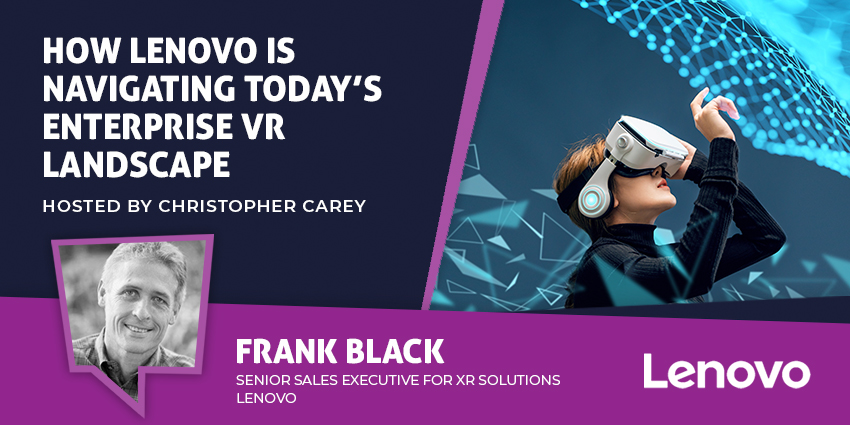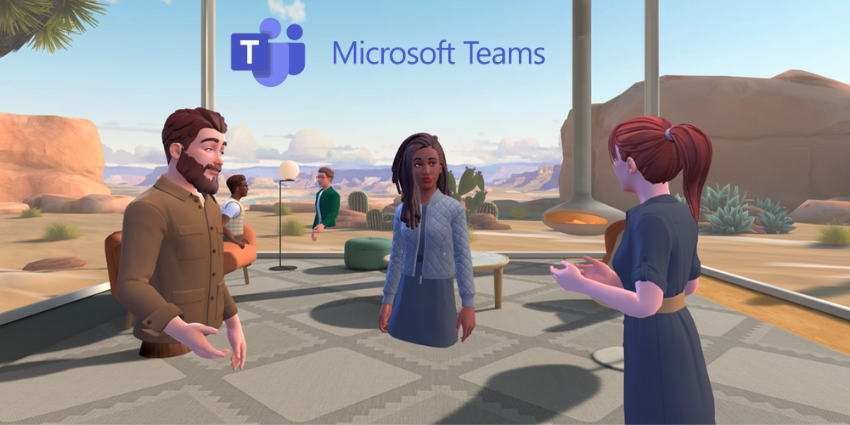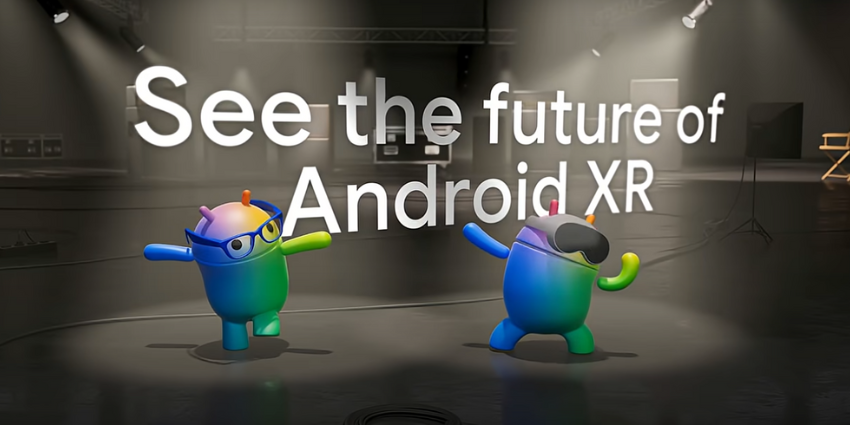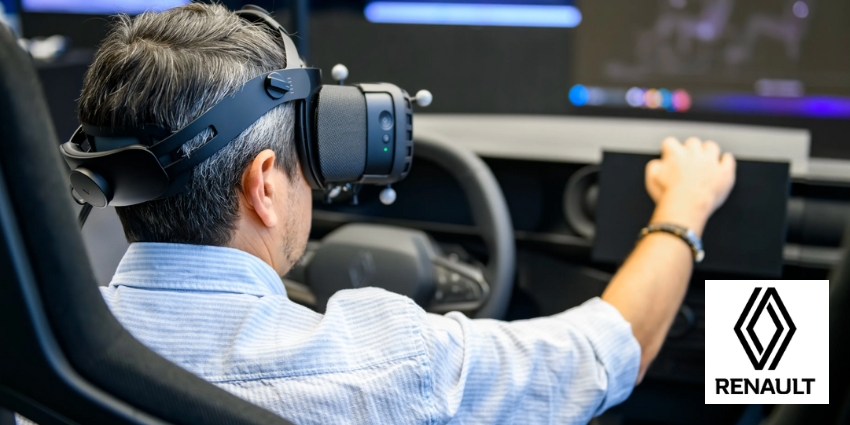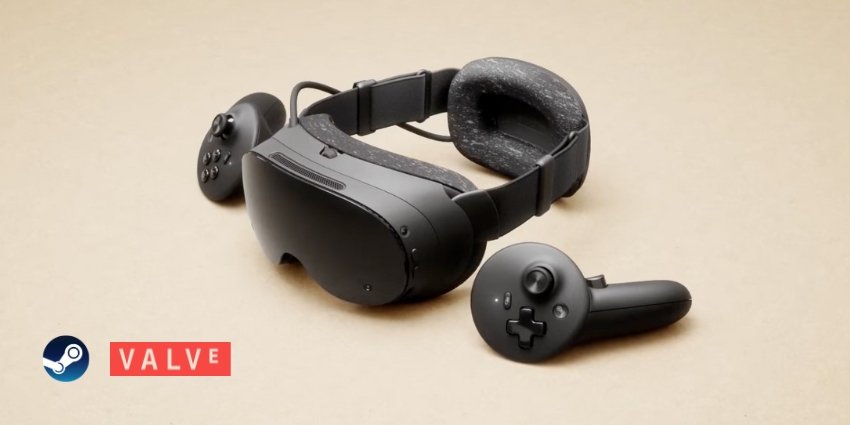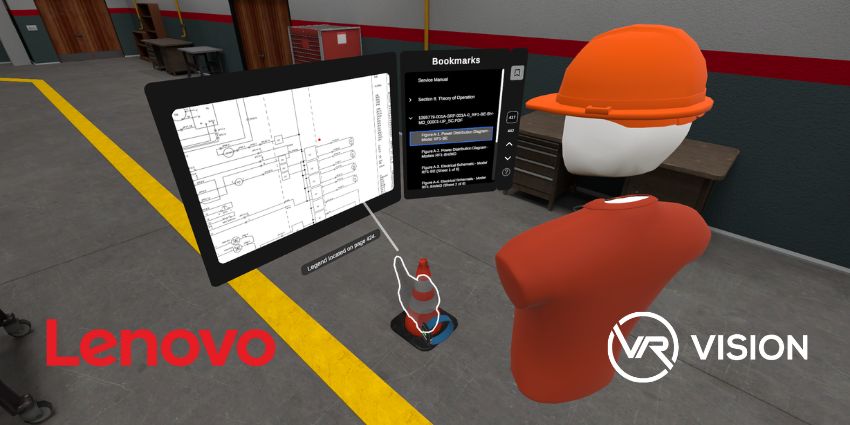Workplace and productivity XR solutions are growing in enterprise interest. While the technology is still developing, innovative firms that are ready to take the first step into XR solutions must also have an XR champion prepared to bridge the gap between the busy AR/VR/MR marketplace and an end-user.
Compared to other technology markets, the XR space prides itself on a sense of community. With the emerging space comes many start-ups, champions, and learning curves, which see parties come together to reach shared goals within the enterprise XR space.
Moreover, staying up to date with the accompanying XR community helps XR professionals answer crucial questions and ensure the success of an XR programme, such as discussing the same topics, knowledge sharing, problem-solving, technology uptakes, vendor experience, and solutions adoption.
Moreover, industry events help peer groups come together and find each other. For example, an enterprise director goes to a conference, sees an XR solution, and thinks of innovative ways the new technology can transform their business.
Addressing Timescale Considerations
Another key factor behind ensuring XR scaling success in the enterprise is understanding the needs of the vendor and the end-user. An enterprise user’s business needs for XR could vary massively, from adopting an XR headset to solve immediate needs that may not lead to a crisis all the way to adopting AR/VR/MR solutions that solve a significant workflow hurdle costing major corporations millions.
Moreover, the size of a solution also affects timescale considerations; if a company is adopting a small piece of XR software, onboarding processes and security considerations may not overwhelm managers or IT teams.
While these small investments could lead to an easy adoption process, on the other hand, small investments may not align with another company’s culture, and purchasing a single $10 app may not align with company culture, whereby firms usually pay for solutions in bulk. In turn, XR solutions providers have recently moved towards standard enterprise solution packages, namely, software as a service model.
Enterprise end-users may also be looking for a large-scale XR program that usually comes lined out and has a very long wait time, which can be three months or multiple years, requiring different managerial skills.
Approaching Different Workplace Demographics
While the enterprise-XR world can get caught up with data and onboarding, the human behavioural element is another essential aspect.
An XR champion aims to change workforce communication by including enterprise XR applications and services. For generations, conventional, 2D, screen-based digital interactions have led workplace interactions, and with XR comes a brand new method of communication via 3D applications.
Moreover, different generations have different expectations when it comes to XR. Some have experience with gaming – understanding the technology’s value – meanwhile, others are sceptical about what they deem gaming devices, which don’t belong in the workplace.
In an enterprise, managerial teams must work between multiple demographics, significantly affecting the conversation’s outcome. A demographic may see XR negatively through the lens of gaming or just entertainment, leading to a negative response right up front due to the gamification trap.
On the other hand, many other demographics grew up with gaming and high-quality 3D connectivity. Therefore, these demographics are used to seeing interfaces, latency, and frame rates and are more accepting of the technology benefits.
However, XR champions exist across all demographics. The emerging industry accepts anyone who joins in and becomes an advocate for XR – no matter their place in a company. These individuals are of great value to an XR lead or company, as they will maintain support and interest in a firm’s innovation ambitions.
Relationships Between XR and Decision Makers
The behavioural element of incorporating enterprise XR doesn’t end at the actions or onboarding of staff. However, it also covers the relationships between XR champions, decision-makers, managers, and vendors.
Building a relationship between decision-makers and vendors is crucial in the enterprise. However, given the limited time that decision-makers have in any given day, month, or year, they often delegate this task to representatives who pre-screen vendors on their behalf, attempting to build a strong relationship with the vendors so that when the decision-makers finally meet with them, they can make an informed and reasonable decision.
Moreover, XR champions are also working hard in a workplace environment to help decision-makers manage the many XR vendors knocking down the door of corporations because the XR vendors are increasingly keen to get into the pockets of corporations.
With the rise of Vision Pro, all eyes are again on immersive productivity solutions; firms like Meta and others are distributing their products across various workplaces, sometimes flooding the market for business decision-makers.
The relationship between a company and its chosen XR vendor is crucial so that the vendor understands the problem that needs to be solved and measures the effectiveness of a solution, therefore showing decision-makers why XR matters to their business and what the ROI looks like.
Is There Enough of a Conversation about XR in Enterprise?
Many ways exist to introduce XR into a workplace, such as taster sessions and onboarding. However, a simple way to keep the XR concept present in the workplace is to discuss it.
Creating a conversation about XR within a company introduces the emerging technology to different divisions. Moreover, discussing the benefits of the technology with other departments may highlight potential use cases and on the IT side, keeping XR distribution plans straightforward and transparent will allow for easy adoption thanks to IT support.
Maintaining the conversation and supporting healthy discussions between clients and vendors is critical. Decision-makers are busy, and the emerging XR space may not be their complete focus – at the same time, vendors are doing everything they can to sell products.
Sometimes, adopting XR in the enterprise can come down to timing, with industry XR champions grounding conversations or amplifying them to cut through all the noise; it’s a learning journey, and a practical approach is needed to learn and move the tech sector forward.
Selecting a Vendor: Behind the Investment
However, the enterprise is all about value and gaining a return on investment with as few hurdles as possible. When an end-user selects a vendor, a firm wants that vendor around for years, as most significant software and hardware suppliers have also been around for years. This factor gives companies like Apple and Microsoft a lead in providing enterprise XR due to a trusted history.
If a firm adopts XR solutions, they are also betting that the vendor will be around – because following a six-month or multiyear onboarding process, proof of concept, and scaling initiative, an investment may be lost if a vendor is acquired or shut down.
XR is an emerging space, so XR champions and innovative thinkers have a challenging yet rewarding job. While the pain points of XR are easy to focus on, especially as the industry is undergoing a massive learning curve, the benefits and success stories exist today.
Large construction projects can bring in design engineers, lead maintenance teams, and department heads during the design phase of a brand-new facility by putting all those people into a VR space. XR also may help build bridges of communication between departments that may never have communicated in the first place – putting them in a VR space with immersive workflows and conversation; they are making changes and talking, which could lead to massive cost savings and change orders later.
Frontline workers can also leverage XR on very noisy operation floors, allowing workers to communicate and converse just as usual while wearing hearing protection and XR devices.
With frontline smart glasses ready for remote communication and collaboration, workers can converse throughout the day with a normal tone of voice. That also means they can have a human experience on the production floor, which significantly increases the quality of their life and makes them a much better worker.
Keys to Scaling Enterprise-Grade XR
There are almost countless considerations and outcomes when adopting enterprise-grade XR; it is an ongoing journey, and therefore, the industry still has much to learn.
However, based on the experiences of XR champions and the knowledge attainable from industry events, companies today can get started with XR.
In conclusion, the human factors, in combination with managing expectations, being patient, and being comfortable with many failures, are part of the learning journey to managing emerging XR technologies in the enterprise.


